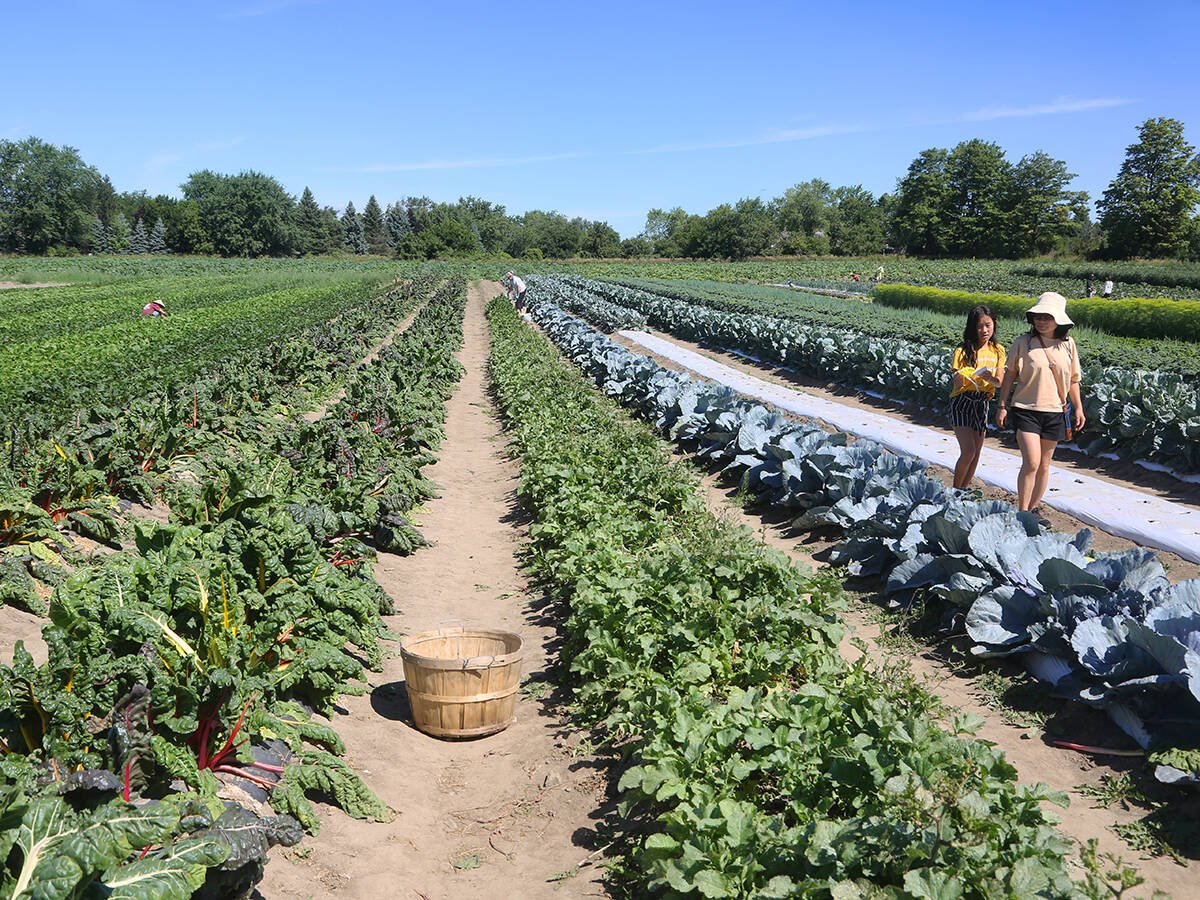BEIJING, China (Reuters) — The world’s largest makers of tractors and combines are finding a rare opportunity for growth in China despite a sharp slowdown in the world’s No. 2 economy.
Big farm machines are in demand as the rural labour force shrinks and plot sizes grow.
This demand could help offset weakness in North America and Europe, where farm incomes are declining with global commodity prices.
The trend also contrasts with stalling sales in construction equipment and passenger cars.
Driving this binge on bigger, more powerful equipment to till larger farms is a combination of labour migration to the cities, land reforms and government subsidies, which is spurring consolidation of the country’s vast small landholdings.
Read Also

Organic sales up but operators down
Organic consumption is up in Canada, but the number of operators is on the decline.
“Whether from the dealers or the financing side, everyone is skewing towards this angle,”said Alexious Lee, head of Chinese industrial research at investment bank CLSA.
The average farm in China was smaller than a football field in 2012, but nearly 900,000 family farms had an average size of 33 acres, according to data from China’s agriculture ministry.
While these family plots were less than a tenth of the average U.S. farm, further expansions in size are expected as Beijing urges more efficient agriculture and takes steps toward reforming land rights.
Several thousand state and co-op farms of about 8,500 acres each also need bigger equipment.
Total sales of 100 to 129 horsepower tractors in China increased 38 percent in the first half of 2015 compared with the same period last year, according to Agco, owner of the Massey Ferguson brand.
Overall farm equipment sales for Agco and others in China were flat through the first half of the year but long-term prospects look brighter.
Asia-Pacific accounted for only five percent of Agco’s $9.7 billion in revenues last year, but the company, which recently opened its fifth factory in China, is targeting $1 billion in sales from the region before 2020 and expects its Chinese business to quadruple by then.
The slowdown in agricultural sales in the United States and other markets is probably too big for China to counter alone, although CNH International expects “significant acceleration” in the country overall, said Luca Mainardi, the company’s head of agriculture construction operations in China.
“The main growth is from co-operatives, which have been growing rapidly in number the last five years thanks to Chinese government support,” Mainardi said.
CNH sells tractors of 140 to 230 h.p. in China and just started producing combines there. Mainardi reckons there could be 5,000 co-op farms in China, with their number growing by 15 to 20 percent a year.
Subsidies, which can cover up to 30 to 40 percent of the cost of a tractor or give incentives for deep plowing, have also encouraged rapid gains in mechanization in a sector still dominated by the lower horsepower tractors and other machinery used on smaller farms.
“There are a lot of subsidies, and with a bigger land area you get more efficiency and more income,” said Zhao Shuanzhen, director of the Gaocheng Zengshou Agricultural Machinery Service Co-operative in Hebei province.
Foreign players now account for 80 percent of the high horsepower market, although they can expect to face greater competition from local counterparts in the future.
















